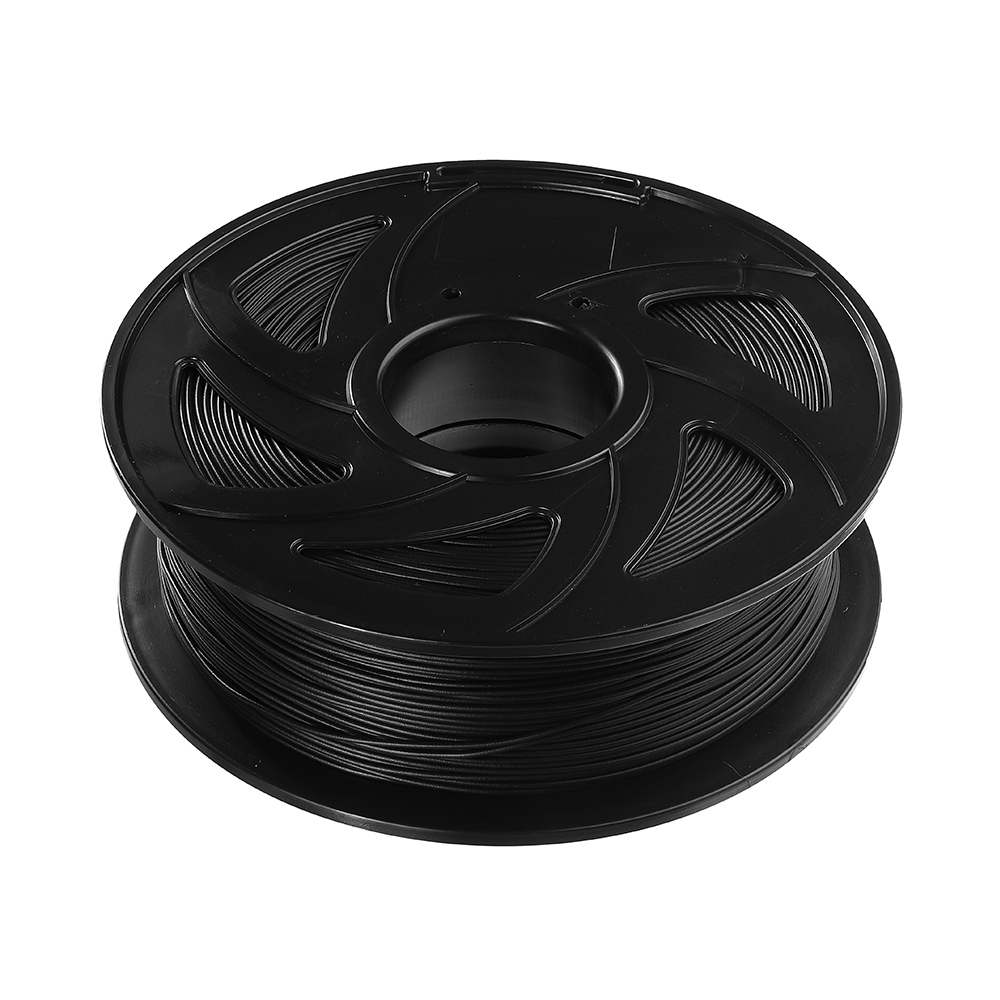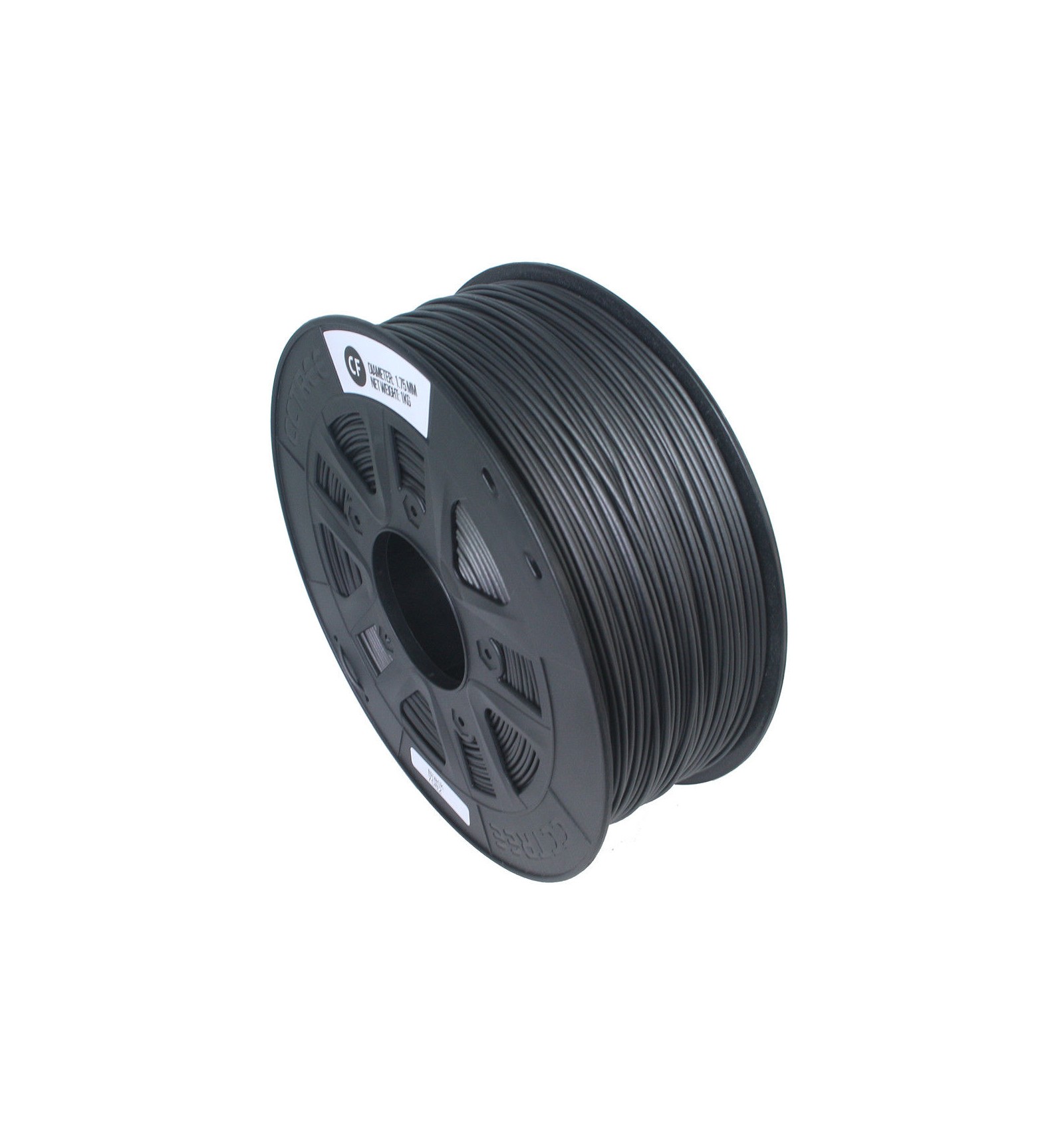


You can find standard-looking desktop and benchtop 3D printers, enormous gantry-style systems, complex robotic arms, … and technologies that can range from extrusion to lamination and two-step processes requiring multiple machines. Within the continuous carbon fiber additive manufacturing market, however, the options can be quite diverse. Here is an example of strategic carbon fiber reinforcement: The final part boasts a special reinforcement based on the load it is meant to withstand. Engineers can choose the direction in which the part should be reinforced, resulting in strategically anisotropic parts, whereas chopped carbon fiber filaments boost strength in an isotropic manner. However, and this will be our primary focus here, continuous carbon fiber 3D printing provides much more strength and reinforcement possibilities. Two main methods exist to reinforce 3D parts with carbon fiber: using carbon-fiber-filled filaments or directly integrating a strand of fiber into each layer while it is being printed. In some cases, carbon fiber-enforced prints can even replace parts that are traditionally made of metal.

The key objective is to make parts stronger and lighter, coveted properties for numerous applications in a wide range of industries. In 3D printing, carbon fiber is increasingly used to reinforce other materials, usually thermoplastics.


 0 kommentar(er)
0 kommentar(er)
